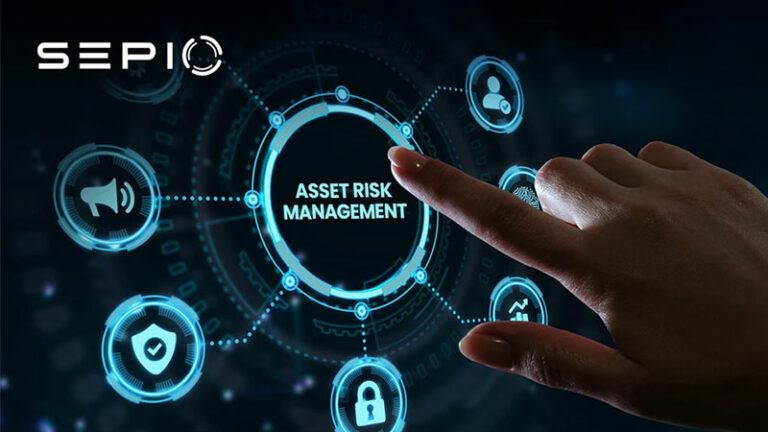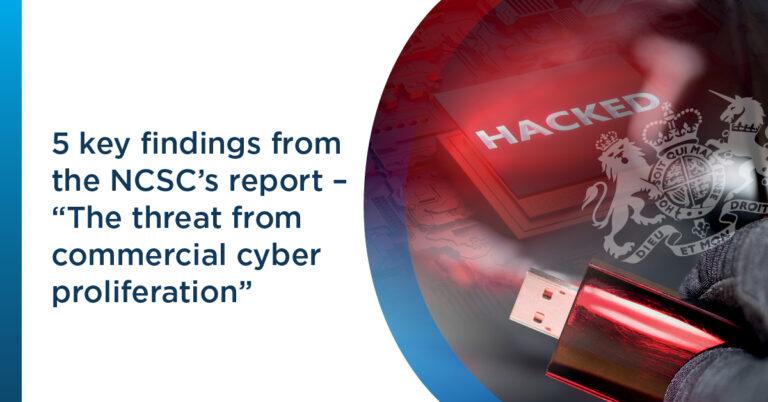In today’s interconnected world, where IT, OT, and IoT systems are essential to corporate operations, Rogue Device Mitigation is crucial to securing your network. These unauthorized devices—whether from malicious insiders, unsuspecting employees, or external attackers—pose a significant threat to your cybersecurity. Once they infiltrate your network, they can compromise sensitive data and enable cybercriminals to launch devastating attacks. Mitigating rogue devices is key to safeguarding your organization’s digital infrastructure and ensuring cyber resilience.
Rogue Devices and Hardware-Based Attacks
Despite early claims that the threat of rogue devices had subsided, recent high-profile attacks prove otherwise. For example, the May 2023 cyberattack on Brazil’s National Institute of Social Security involved cybercriminals exploiting insider access to introduce unauthorized devices into the network. This breach resulted in significant financial losses, system access compromise, and the theft of sensitive data. Such incidents highlight the ongoing risks rogue devices pose to organizations of all sizes. Implementing Rogue Device Mitigation strategies can prevent such breaches.
Looking back at previous breaches—such as the 2017 Triton attack on Saudi ARAMCO and the 2018 hacks on U.S. defense contractors—rogue devices were key vectors for attackers to infiltrate critical infrastructure. These attacks, spanning industries from aerospace to defense, show the devastating impact of rogue devices and the need for proactive measures like Rogue Device Mitigation. By focusing on Rogue Device Mitigation, organizations can better protect their critical infrastructure.
Why Choose Sepio for Rogue Device Mitigation?
Sepio offers a groundbreaking solution to mitigate rogue devices through its advanced Asset Risk Management (ARM) platform. With unparalleled asset visibility across IT, OT, IoT, and peripheral assets, Sepio helps you identify and eliminate rogue devices before they can cause harm. By leveraging Asset DNA, a proprietary technology that transcends traditional device identifiers like IP addresses and MAC addresses, Sepio provides precise visibility into every asset connected to your network. This comprehensive approach to Rogue Device Mitigation ensures no device goes unnoticed.
With Sepio’s platform, organizations gain the ability to:
- Monitor and manage device risk
- Block rogue devices from infiltrating your network
- Ensure compliance with regulatory requirements
- Leverage proactive threat detection to address vulnerabilities swiftly
Sepio’s unique solution empowers enterprises to establish robust multi-layered governance for their devices, tailoring risk mitigation strategies based on business needs and dynamic cybersecurity challenges. The platform’s Asset DNA properties enable granular control, ensuring that only approved devices gain access to critical systems, while any rogue devices or anomalous behavior are immediately flagged for resolution. This level of control is essential for effective Rogue Device Mitigation.
To stay ahead of emerging threats, organizations must integrate advanced solutions like Sepio’s Rogue Device Mitigation platform into their cybersecurity strategy. Proactively addressing rogue devices helps fortify networks, protect sensitive assets, and ensure business continuity. Embrace Rogue Device Mitigation today with Sepio’s cutting-edge technology and enhance your organization’s resilience against evolving cyber threats.






